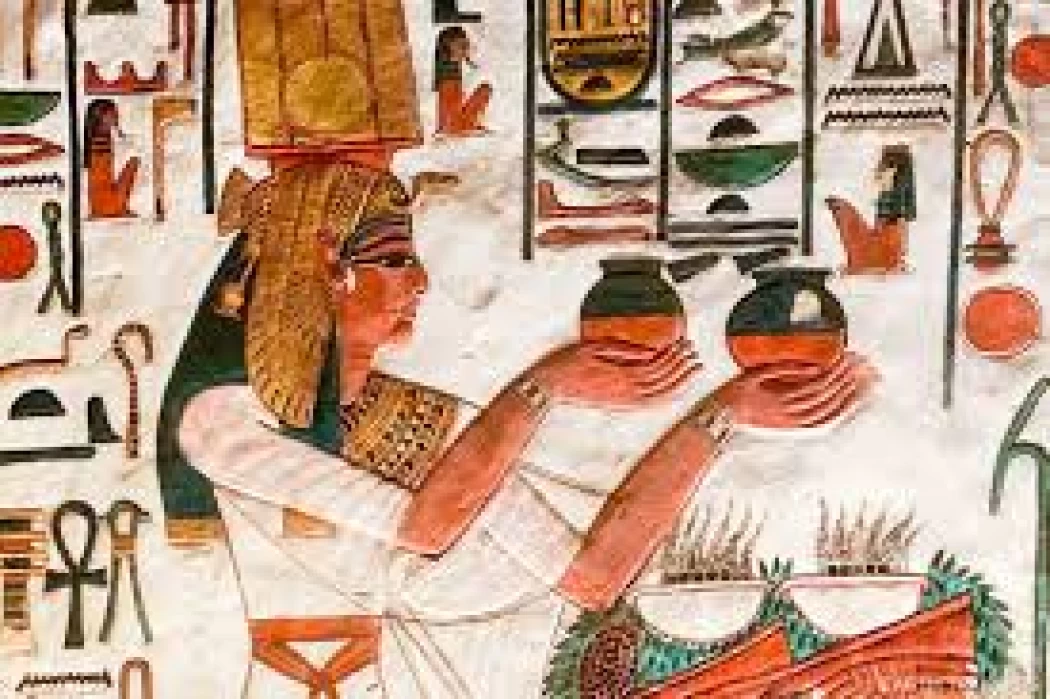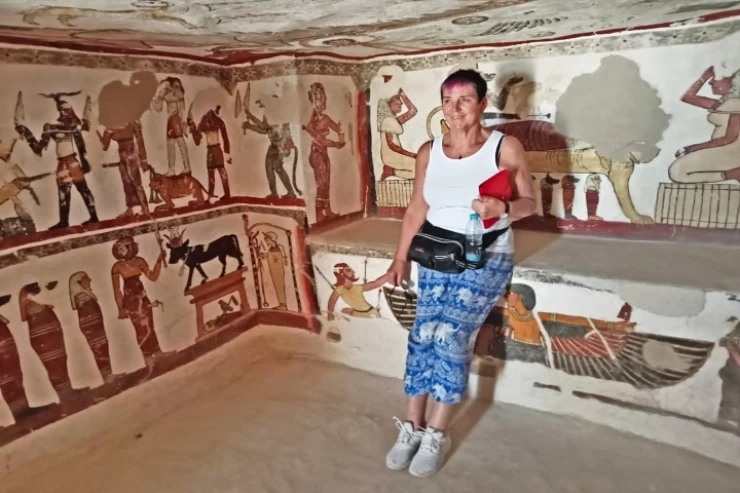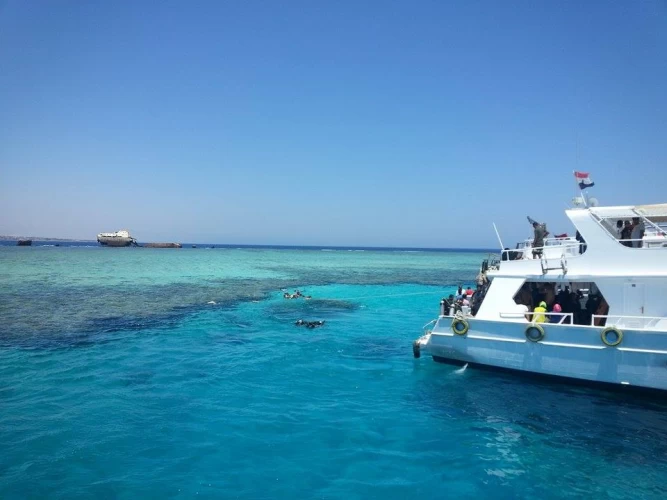
Queen Nefertari
Queen Nefertari
Nefertari – Nofretari in English – Meryenmut (“The most beautiful of all, beloved of Mut”) is the principal Great Royal Wife of Pharaoh Ramesses II who lived during the 19th Dynasty around the 13th century BCE.Rarely has a Queen received so much consideration. Two monuments of great importance bear witness to the preponderant role she played and the undeniable prestige she enjoyed: Her splendid tomb in the Valley of the Queens and the small temple of Abu Simbel.
The King will have this temple built next to his sanctuary, dedicated to Nefertari and Hathor, Goddess of joy, music, beauty and love that Nefertari embodied on earth. By this act she was most probably the only royal Egyptian woman, other than Queen Tiyi I to be deified during her life. She followed in the footsteps of this Queen, by having a temple dedicated in her honor. In this temple, her sculptures are the same size as those of the Pharaoh, which is very rare in Egyptian history.
Nefertari will have responsibilities from the first years of her husband's reign. She will participate in the main official events and will always be associated with the King's major decisions. She celebrates religious rites and intervenes in government affairs. In addition, she takes charge of the State when the Pharaoh is absent, or goes on campaign.
Her status is confirmed by the fact that she was described in the texts as part of the King's entourage, in particular during a trip to Nubia where the decision to build the temple of Abu Simbel will be taken. Nefertari is also depicted in representations of the same size as Ramses II, a rarity in Egypt, which indicates her importance in the eyes of the sovereign.
Thanks to tablets written in Hittite cuneiform, found in the city of Hattusa, we know that Nefertari will also play an important role in foreign policy and will promote peace with the Hittites, by corresponding many times and exchanging gifts with Queen Poudoukhepa (or Poudouhepot or Puduheba or Puduhepa), the wife of Hattusili III (1264-1234). This will result in a long period of peace between the two powers which will finally lead to a marriage of Ramses II with a Hittite Princess.
Around 1240 her predominance seems to weaken because her representations next to the Pharaoh become rare. Her health would have deteriorated around the age of 25. Her last representation was on a stele of Heqanakht, the viceroy of Nubia, where she is shown accompanied by her daughter Meritamon (or Merytamen) making offerings at the temple of Abu Simbel.
In a lower register the viceroy is shown in adoration before Nefertari. Shortly after the Queen disappears completely from the scene. She died in 1255/1254, at the age of about forty, before the jubilee of the thirtieth year of the reign of Ramses II and especially well before him. It was then Isis-Nofret I who became Great Royal Wife.
















